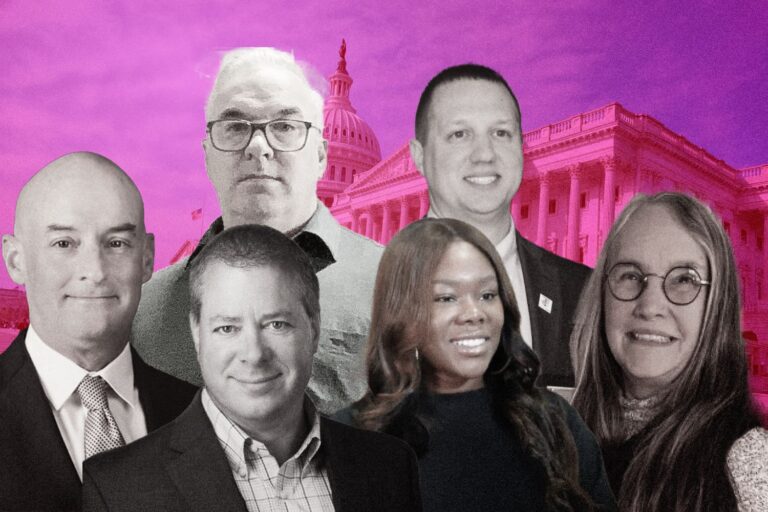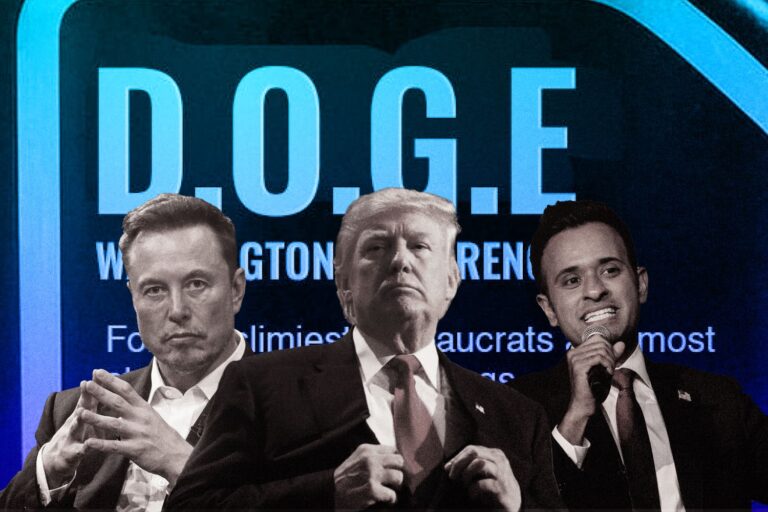SBA’s Role & What Should be Next Along Its Nearly-68-Year History of Service?
Giving its stated mission to “aid, counsel, assist and protect, insofar as is possible, the interests of small business concerns,” the U.S. Small Business Administration, or better known as SBA, has been world-renowned a fantastic public-private partnership model that fuels economic growth, access, and opportunity for all Americans. Whilst this government agency has risen in prominence lately thanks to the Paycheck Protection Program, beyond any doubt, the SBA has been supporting SMBs for decades, providing a bevy of services – from small business loans to counseling – that business owners shouldn’t overlook. “Since the pandemic, the SBA has been the tip of the sphere for the economic recovery. The SBA has almost become one of the essential federal departments.”
Given that, doubts exist as to the role of SBA in its life-long business of helping small businesses. So, whether this agency maintains to be a solid powerhouse amplifying SMB’s voices and making “the American dream of business ownership a reality” or turns to be a remnant of days gone by? Let’s read on to find your own answer.
The SBA & How the Agency Has Been Dedicated to Its Life-Long Missions
The U.S. Small Business Administration: A Brief Look at Its On 68 Years of Service
Established in 1953, SBA’s origins can be traced to the Great Depression of the 1930s and World War II, when concerns about unemployment and war production were paramount. The agency assumed a handful of functions of the Reconstruction Finance Corporation (RFC), which had been established by the federal government in 1932 to offer funding for businesses of all sizes during the Depression and later financed war production. During the early 1950s, the RFC was disbanded following charges of political favoritism in the granting of loans and contracts.
In 1953, Congress passed the Small Business Act authorizing the formulation of SBA. The act does specify that the SBA’s mission is to promote the interests of SMBs to enhance competition in the private marketplace:
“It is the declared policy of the Congress that the Government should aid, counsel, assist, and protect, insofar as is possible, the interests of small-business concerns in order to preserve free competitive enterprise, to insure that a fair proportion of the total purchases and contracts or subcontracts for property and services for the Government (including but not limited to contracts or subcontracts for maintenance, repair, and construction) be placed with small-business enterprises, to insure that a fair proportion of the total sales of Government property be made to such enterprises, and to maintain and strengthen the overall economy of the Nation.” – The Small Business Act of 1953 (as amended)
Formed in 1953 under the order of President Dwight D. Eisenhower, the SBA serves as the voice of small business owners in recognition of their significant role within the economic sphere. Throughout the years, the agency has survived several threats of disbandment. Whilst plans of elimination, budget cuts, frozen expenses, amongst other things, have come up over time, the SBA has persisted in its commitment to provide aid and empower American small businesses.
“The U.S. SBA is one of the smallest federal Cabinet-level agencies, with 4,000 employees and 68 offices across the country,” stated Rob Scott, SBA’s Great Lakes Regional Administrator. “Folks in the field are helping those small businesses, whether they are startups or existing businesses. The great thing about the SBA is tax dollars pay for the SBA. We don’t charge additional fees for the types of services consultants charge for.”
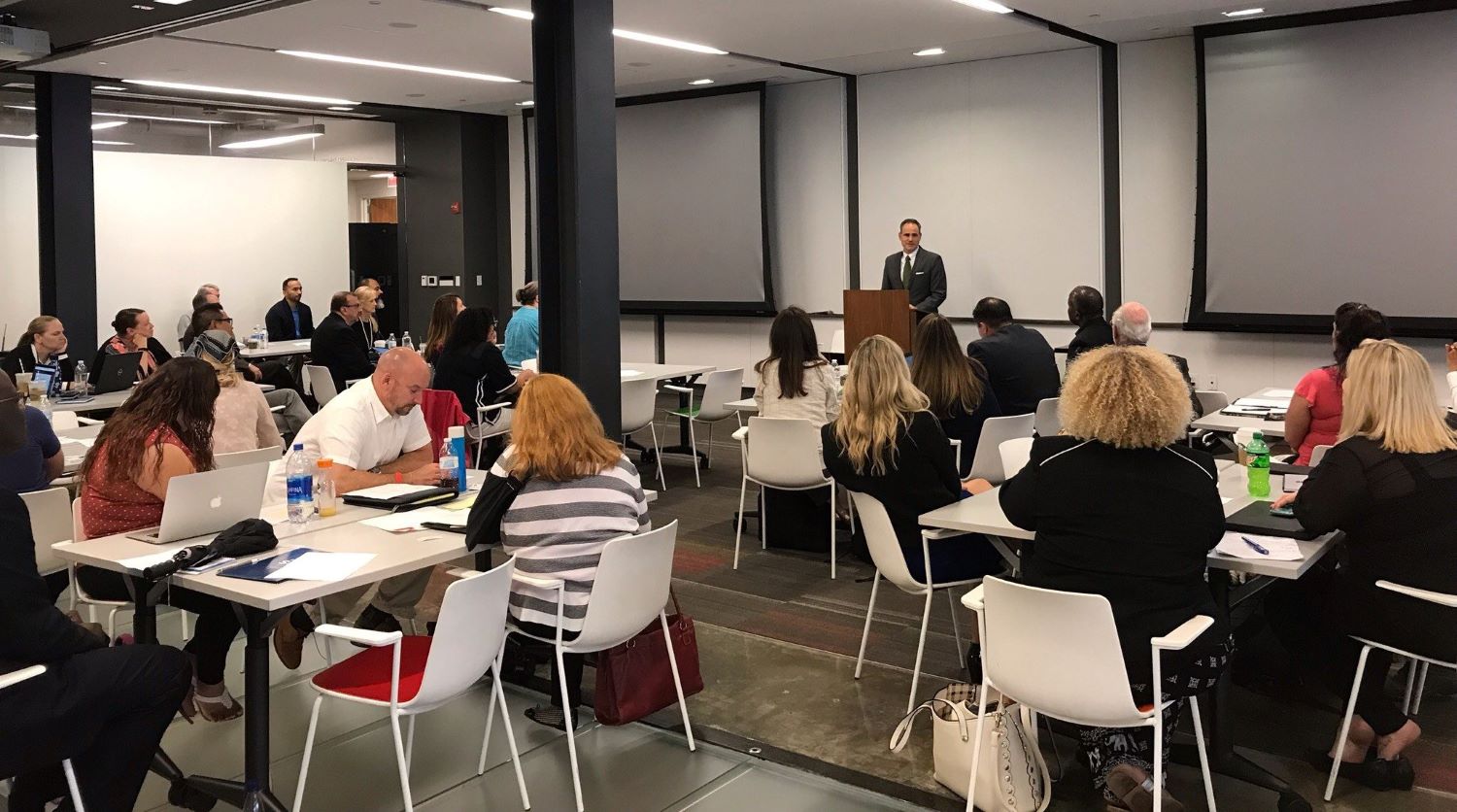
The SBA’s support for small businesses doesn’t end with its agency: actually, the agency provides financial grants and partners with other NGOs to assist SMB owners, such as through its nearly 900 Small Business Development Centers and more than 100 Women’s Business Centers.
Notably, one of several strategic partners of the SBA is SCORE, a nonprofit network of business counselors. “Both the SBA and SCORE are here to help small businesses start to grow and survive,” shared Bridget Weston, CEO of SCORE Association. “We know how important small businesses are to our economy and continue to do whatever it takes to make them succeed.”
The SBA’s Supportive Courses of Action
By and large, its services can be broken down into four big buckets: access to capital, entrepreneurial development, government contracting, and advocacy, all of which are designed to “do wonders” for SMB owners in different ways.
Capital Access
Beyond any doubt, the SBA can’t simply offer moral support to small businesses to work towards their mission. After all, a pat on the back and a thumbs up for good luck make little sense when competing with large-scale enterprises. This is why SBA’s financial aids come into place.
In particular, SBA loans – the agency’s most popular service so far – empowers business owners with access to capital at reasonable interest rates and are specially designed for ones who might not be approved by a bank. The SBA’s access to capital runs the gamut from equity investment capital to microloans, with an aim to get funding into the hands of small business owners so that they can grow their operations, scale their business and keep the economy humming.
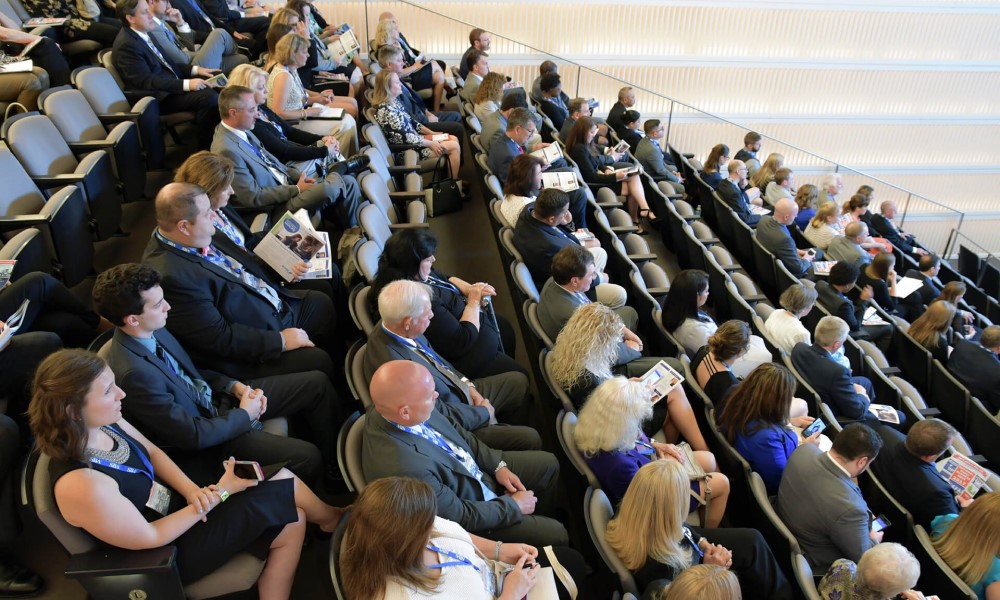
Entrepreneurial Development
Whereas small business owners are typically great when it comes to their core business offerings – the products they make or the services they provide, that doesn’t necessarily mean they are expert accountants or marketers. And beyond the financial base, aspiring small business owners needs the know-how to make a killing.
With that in mind, the SBA offers free counseling and low-cost training programs in more than 1,800 small business centers across the country. The SBA Office of Entrepreneurial Development oversees the counseling and training programs through its Small Business Development Centers, Women’s Business Centers, and the SBA’s partnership with SCORE. The Office of Entrepreneurship Education runs the SBA’s free online Learning Center and its Emerging Leaders program, which is an intensive executive-level training series geared toward SMB leaders operating in underserved cities.
As regards Women’s Business Centers (WBCs), this meaningful initiative is established with the hopes of helping women start, build, and grow their own small businesses. The women who take advantage of the resources are mentored and given training on business development and finance. WBCs offers opportunities for women to become a part of the small business world, just like how the SBA enables SMBs owner and other entrepreneurs to establish themselves in the overall economy.

As the nation’s largest network of volunteers with more than 13,000 volunteer business counselors in addition to its 348 SCORE chapters, SCORE is another critical element of the SBA’s entrepreneurship development effort – to provide free or low-cost mentoring to aspiring small business owners.
“SCORE is that guide, that resource, that mentor to small business owners,” explained SCORE CEO Weston. “There are tons of mentors and advisors that can help them navigate and cut through the noise to find the best next step for their small business.”
Government Contracting
Since its inception in 1953, one of the missions of the SBA has been to ensure that small business owners received access to government contracts. And whereas this mission somehow goes unnoticed, it works with other federal departments and agencies to ensure 23% of government contract dollars go to small businesses.
Advocacy
Last but not least, the Small Business Administration works as the voice of small business owners, particularly from the political perspectives.
Acknowledging that small businesses constitute the backbone of the economy, the SBA advocates for their interests with lawmakers and competitors, whether that means reviewing legislation, assessing the impact of regulations, or testifying before Congress on behalf of small businesses.
The SBA’s Financially Supportive Initiatives for SMB World, Especially Amidst the Coronavirus Crisis
As already mentioned, amongst the biggest benefits that SMB owners obtain from SBA is viable access to capital. Undoubtedly, SBA loans have gained immense popularity among business owners, which is primarily attributable to their flexibility and favorable interest rates.
As small businesses are the lifeblood of the national economy, accounting for staggeringly 99.9% of the U.S. businesses and around 44% of national economic activity, forgivable small business loans for the community have been more than critical – especially in the light of the fact that 82% of businesses fail because of inconsistent or insufficient cash flow.
That was the case before the pandemic and is even more so now, upon the unprecedented advent of the “black swan” COVID-19 pandemic that continues to rage.
In practice, the SBA has performed a vital role in the economy amidst the pandemic with its disaster loan programs. The Paycheck Protection Program, or better known as PPP, has been particularly popular, granted small business owners access to loans that are forgivable if they use the proceeds to keep their employees on the payroll. In the meantime, the SBA’s COVID-19 Economic Injury Disaster Loan gives SMB owners access to low-interest loans that they can pay back over 30 years.
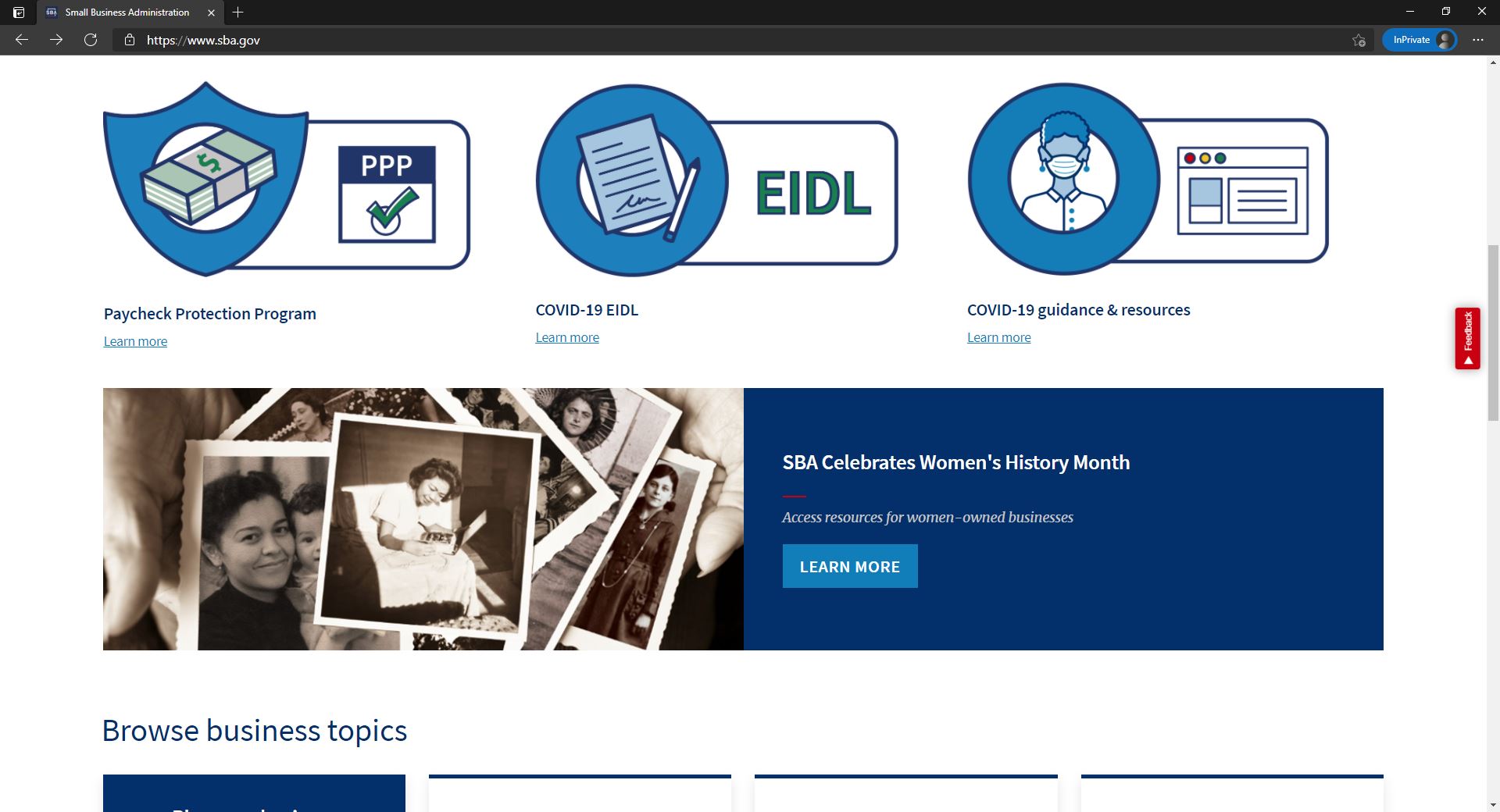
“Our role has expanded greatly, and I don’t think we’re ever going back,” shared Scott. “If we ever go through another pandemic or national crisis where the economy is hurting, a lot of it is on our back.”
With an aim to offer extra PPP help for the smallest SMBs struggling to navigate themselves against the financial crisis, in this February, the Small Business Administration started only accepting PPP loan applications from firms with fewer than 20 employees, before the program opens back up to the rest of the small-business community. Besides, the Administration has made a plethora of changes to the program, including increasing loan amounts for sole proprietors and individual contractors, eliminating restrictions around delinquent student loan debt and non-fraud felony convictions as well as allowing some non-citizen business owners to apply.
According to the SBA, such changes will help even the playing field for firms that make up most of the small business community – 98% of small businesses employ fewer than 20 people but have received only 45% of PPP funding thus far. Besides, the agency aims to thoroughly address racial disparities that have been seen in loans as earlier iterations of the program left out many minority-owned businesses.
“It’s a great idea to make sure that we’re prioritizing small and minority-owned business owners because we saw that they were left out of the process,” commented Marvin Owens, the chief engagement officer of Impact Shares and former senior director of economic development at the NAACP. “What you saw in the beginning of PPP was really a revealing of the disparities around access to capital.”
Beyond a PPP or disaster loan, the SBA has several popular “funding products”, some of which are concisely described as follows:
SBA 7(a) loan
With the SBA 7(a) loan, the most popular SBA loan program outside of the PPP, small businesses can borrow up to $5 million for short- and long-term working capital to refinance the expensive debt or to buy equipment and supplies. An SBA-approved bank or lender is one that provides the loans.
Going further into its loan terms, the SBA could guarantee 85% of loans up to $150,00 and 75% of loans exceeding $150,000. Express loans and loans for export businesses are also available, though the maximum amount and SBA guarantee percentage may differ for those loans. Repayment terms typically span seven to 25 years for standard 7(a) loans. The maximum interest rate for fixed-rate 7(a) loans is 12.81% – whilst the maximum for variable-rate loans is the prime rate — 5.25% as of Aug. 25, 2019 — plus 4.75%.
SBA 504 loan
Another funding program empowered by the SBA is the CDC/504 loan, which is a long-term, fixed-rate business loan to cover the costs of fixing or upgrading assets and expanding the business. These loans are accessible from Certified Development Companies (CDCs), which are nonprofits certified by the SBA to work with lenders so as to provide financing to SMBs within their communities.
With this kind of load, business owners can leverage the proceeds for existing buildings or land, new facilities, and long-term machinery and equipment, and to improve and modernize parking lots, landscaping, and existing facilities. What should be noted is that the loan can’t be deployed for working capital, inventory, debt refinancing, or speculative investments, including rental real estate.
There is no limit on the size of a CDC/504 loan, although the SBA maximum is $5 million. Repayment terms could be 10 to 20 years. Interest rates are determined when the loan is issued.
Microloans
Quite different from these above loan programs, SBA microloans are available through nonprofit community-based organizations. Microloans come in small amounts up to $50,000, with maximum repayment terms of six years. Interest rates range from 6.5% to 9% for microloans. These loans are typically issued to women, low-income, veteran and minority business owners to help them get off the ground or expand. Eligible business owners can utilize microloans to cover working capital, inventory or supplies, furniture or fixtures and machinery or equipment.
“These capital programs are for those business owners who do not have the perfect credit situation and don’t have Grandma to hand them $50,000 or $100,000, or had credit issues in the past,” explained Scott. “A lot of lenders won’t give startups or businesses a chance to grow. That’s where we come in.”
The SBA: “Improvement Rooms” To Be Considered in The Next Phase of Its Philanthropic Nearly-68-Year Run
In the decades that have followed, the SBA has undeniably accomplished a great deal in fostering and supporting small businesses in the United States, guaranteeing billions of dollars in loan funding and offering precious guidance to SMBs in all stages of their development.
As the country continues to weather through the global health – and perhaps economic pandemic, small business owners continue to be incredibly vulnerable and the SBA’s role to support the national economic recovery plays a more-than-vital role.
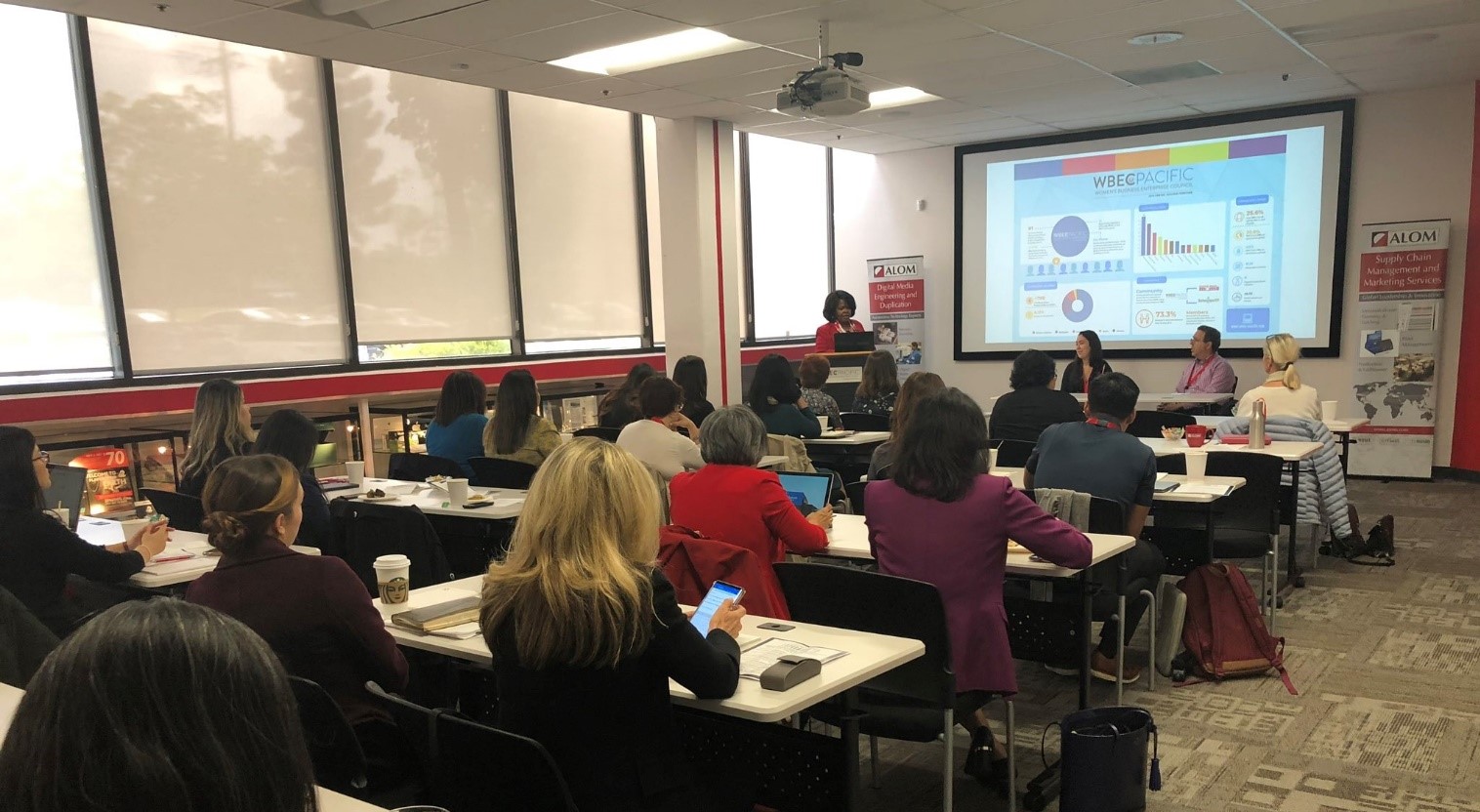
Nevertheless, doubts exist as to the effectiveness of this federal agency, which could be attributed to some inevitable drawbacks along the course of the SBA’s service delivery. To erase these concerns and strengthen its good causes to which the agency has always been dedicated, there remain some key things to consider.
#1. Bipartisan Support: Now and Beyond
Even in a moment where Washington seems more fragmented than ever, the Administration continues to demonstrate its bipartisan support. Given the fact that the agency faced threats of being eliminated in the 1990s and its funding was frequently cut during President George W. Bush’s Administration, since then, its budget has received support from the Obama, Trump and currently Joe Biden Administrations – also, its lending power was changed through the Great Recession and COVID-19 legislative relief packages.
Thus, it should continue to remain an important endeavor for Republicans, Democrats and anyone in between.
#2. More Actions Can be Delivered to Foster “Main Street” Success
Every single year, the SBA offers support to over a million entrepreneurs and small business owners – particularly in terms of financing and entrepreneurship development, yet, they do not cover every American who aspires to open one.
Let’s take an example, apart from the PPP, the majority of SBA loans do not cover solo entrepreneurs, gig economy workers and unbanked businesses. As the COVID-19 pandemic has exhibited how these types of businesses can easily slip through the cracks in a crisis, this agency should consider formulating a program that moves beyond its 7(a) model to support them.
#3. The SBA’s Voice Should be “Louder” Across the Government
There remains a hard truth that the SBA can often be overshadowed by other agencies. Whilst the Administration has been given cabinet-level status depending on the presidential administration, that does not guarantee it truly has a cabinet-level voice.
Furthermore, its coordination with Administration-wide initiatives could be improved even further. Indeed, some of this could have helped ensure the PPP worked for small businesses and had a better rollout.
#4. Better Data Should be Garnered and Shared
Whereas the agency influences the financial lives of a large population proportion, there is not adequate information from the federal government on small businesses as well as their owners. This could result in disparate impact, continued underinvestment and solutions that do not meet actual needs.
Historically, the share of SBA-owned 7(a) loans distributed to Black and Latino borrowers has been very limited; plus, their inability to obtain PPP funding helped lead to the closures discussed earlier. For SBA to be fully effective in supporting Black and Brown business owners in addition to other key populations, such as women and the self-employed, it’s a “should” that the agency adheres to good data collection practice that is uniform and consistent.
The Bottom Line
As small businesses are actually the backbone of the economy, it’s fair to state that the SBA – a supportive voice for the national SMB Word – stands as a solid powerhouse to ignite economic growth. And beyond any shadow of doubt, the agency has done a great job. Though, additional adjustments to strengthen its commitment in service of its core constituency will ultimately net a strong country and a strong step to creating a more equitable society.







